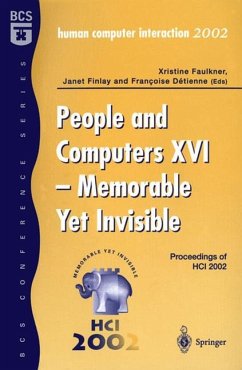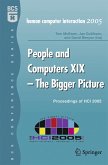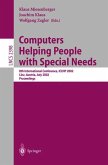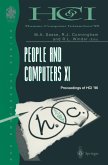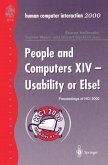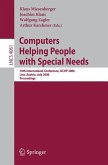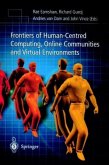For the last 20 years the dominant form of user interface has been the Graphical User Interface (GUl) with direct manipulation. As software gets more complicated and more and more inexperienced users come into contact with computers, enticed by the World Wide Web and smaller mobile devices, new interface metaphors are required. The increasing complexity of software has introduced more options to the user. This seemingly increased control actually decreases control as the number of options and features available to them overwhelms the users and 'information overload' can occur (Lachman, 1997). Conversational anthropomorphic interfaces provide a possible alternative to the direct manipulation metaphor. The aim of this paper is to investigate users reactions and assumptions when interacting with anthropomorphic agents. Here we consider how the level of anthropomorphism exhibited by the character and the level of interaction affects these assumptions. We compared characters of different levels of anthropomorphic abstraction, from a very abstract character to a realistic yet not human character. As more software is released for general use with anthropomorphic interfaces there seems to be no consensus of what the characters should look like and what look is more suited for different applications. Some software and research opts for realistic looking characters (for example, Haptek Inc., see others opt for cartoon characters (Microsoft, 1999) others opt for floating heads (Dohi & Ishizuka, 1997; Takama & Ishizuka, 1998; Koda, 1996; Koda & Maes, 1996a; Koda & Maes, 1996b).
Hinweis: Dieser Artikel kann nur an eine deutsche Lieferadresse ausgeliefert werden.
Hinweis: Dieser Artikel kann nur an eine deutsche Lieferadresse ausgeliefert werden.

